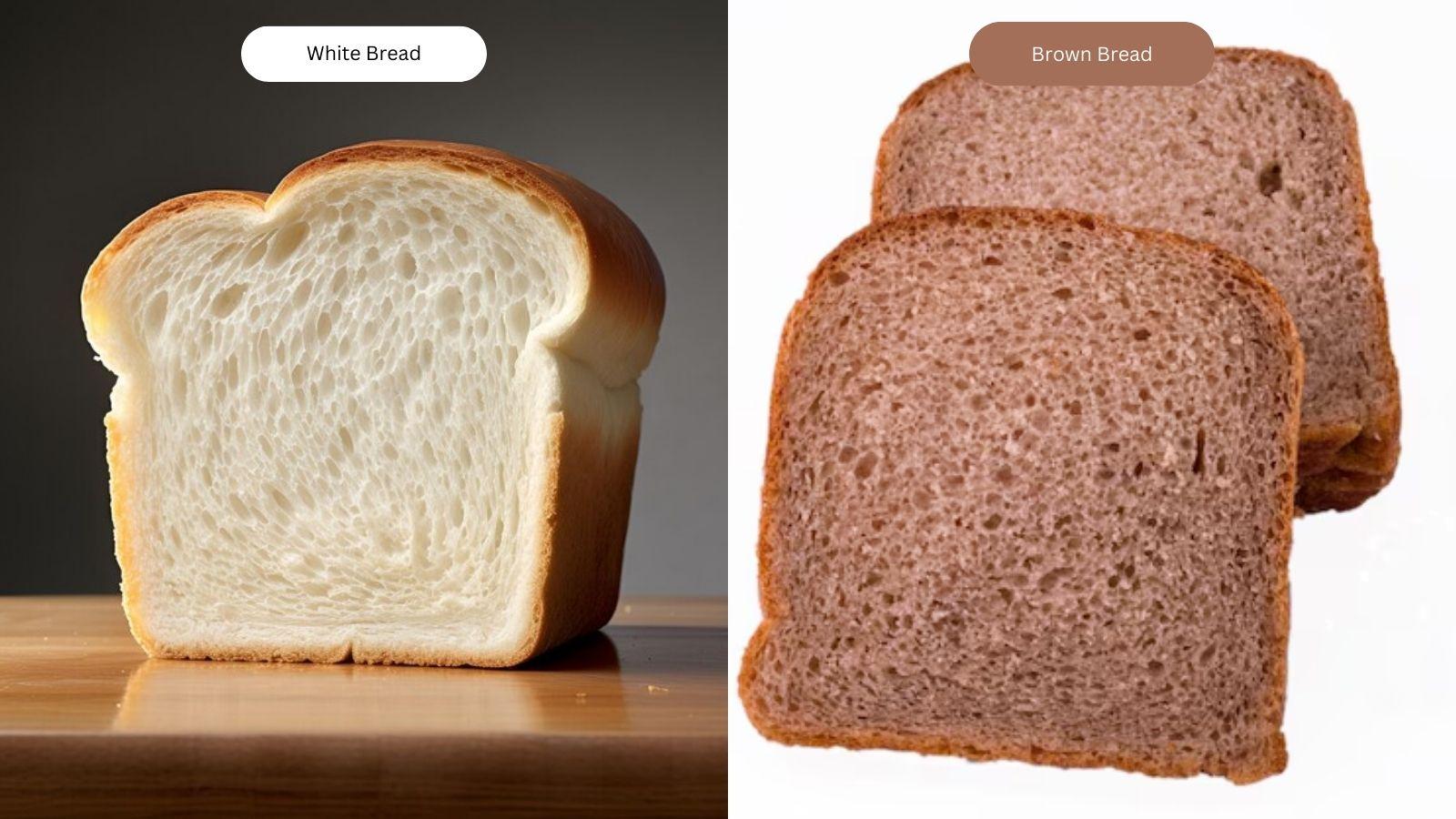Log In
×
Need An Account? | Sign Up Now


Bread is a staple in many households, but when it comes to choosing between white and brown bread, the decision can be confusing. Both have their pros and cons, but one is considered a better choice for your overall health. Let’s break down the differences to help you make an informed decision.
White bread is made from refined wheat flour, which means the bran and germ are removed during processing. This process strips away most of the fiber, vitamins, and minerals, leaving primarily carbohydrates. Although white bread is often fortified with nutrients like iron and folic acid, it still lacks the natural goodness found in whole grains.
Downsides of White Bread:
Brown bread is typically made from whole wheat flour, which includes the entire grain—bran, germ, and endosperm. This makes it a richer source of fiber, vitamins B and E, magnesium, iron, and antioxidants. The fiber content helps promote digestion, keep you full longer, and regulate blood sugar levels.
Health Benefits of Brown Bread:
For most people, brown bread is the healthier choice due to its higher fiber content and greater nutritional value. It helps in maintaining a healthy digestive system, stabilizing blood sugar, and supporting heart health. On the other hand, white bread may still be suitable for those looking for a softer texture or who need quick energy, but it should be consumed in moderation.
If you’re aiming for a balanced diet, brown bread is the better option, offering more fiber and nutrients. Whether you’re making sandwiches or toast, choosing whole grain or whole wheat options can contribute to your long-term health goals. Plus, with InstaPilau Deliveries, you can always enjoy fresh, nutritious meals, including healthier bread options, delivered straight to your doorstep for added convenience!